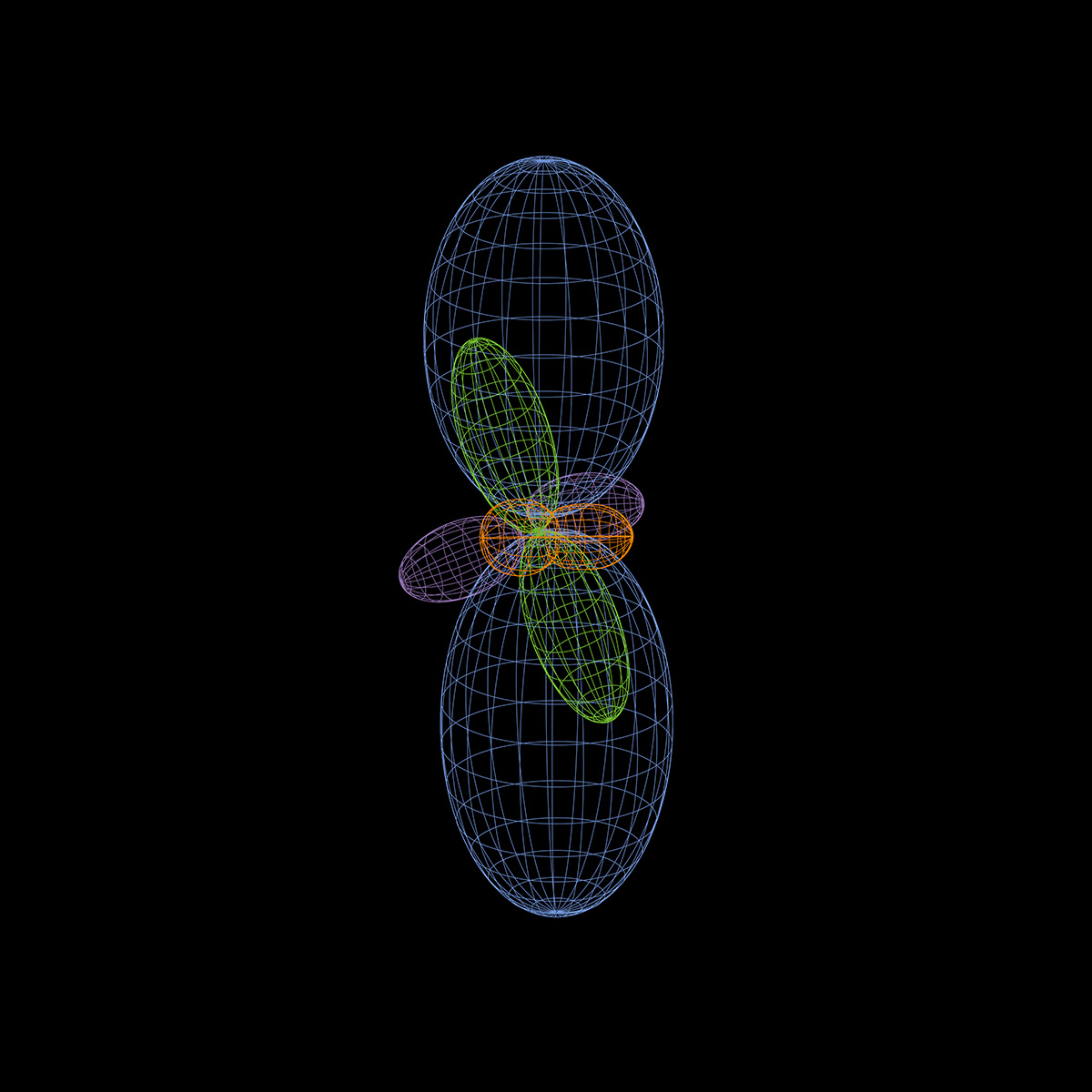ALMA | NAOJ | 2015 Mar 31
A research group led by Aya Higuchi, a researcher at Ibaraki University in Japan, conducted observations of the massive-star forming region IRAS 16547-4247 with the Atacama Large Millimeter/submillimeter Array (ALMA). The observation results shows the presence of multiple, or at least two, gas outflows from a protostar, indicating the possible existence of two new-born stars in this region. Also, the radio observation results of molecular line emission of methanol revealed in vivid detail an hourglass structure created by gas outflows spreading outward while thrusting the ambient gas cloud away. It is the first time that such an hourglass structure was found in observations of methanol in high-mass star forming regions. Detailed observations of high-mass stars have been considered difficult so far because high-mass stars form in a complex environment with multiple protostars in clusters, and their forming regions are located farther away from the Earth compared to those of low-mass stars. However, high angular resolution observations with ALMA opened a new window to understand their formation environment in further details.An artist's concept of the distribution of the ambient gas around IRAS 16547-4247. The
central high-density gas cloud is thought to contain multiple high-density protostars.
Two outflows of gas spurt from the central part in the vertical and horizontal directions
respectively while pushing the ambient gas away, which makes a balloon-like structure.
A pair of narrow jets is the one that was found in past observations.
Credit: ALMA (ESO/NAOJ/NRAO)
All stars that twinkle in the night sky vary in their masses. While some stars have masses smaller than 1/10 of solar masses, others have masses larger than 100 solar masses. How such a wide variety of stars are born and what factors make the difference in their masses; these are the most fundamental and most enigmatic astronomical questions, which have yet to be answered. To solve these mysteries, it is essential to make detailed observations of various stars of different masses during formation.
The formation process of high-mass stars, which have masses larger than ten times solar mass still has much to be explored. Detailed observations of high-mass stars at an early stage of formation are difficult because the number of high-mass stars is smaller than that of one-solar-mass stars and the evolution process of high-mass stars is faster than low-mass stars. Another adverse condition in the study of high-mass stars is the distance from the Earth; while the forming regions of low-mass stars are about 500 light years away from the Earth, those of high-mass stars are farther and even the closest one in the Orion Nebula is about 1500 light years away. Since it is thought that high-mass stars are born in clusters far away from the Earth, it is impossible to understand their formation process in detail without high angular resolution observations. In this regard, ALMA is the most desirable telescope for this purpose as being capable of observing gas and dust, which will be ingredients of stars at high sensitivity and high resolution. ...
IRAS 16547-4247: A New Candidate of a Protocluster Unveiled with ALMA - Aya E. Higuchi et al
- Astrophysical Journal Letters 798(2) L33 (2015 Jan 10) DOI: 10.1088/2041-8205/798/2/L33
arXiv.org > astro-ph > arXiv:1411.7485 > 27 Nov 2014

